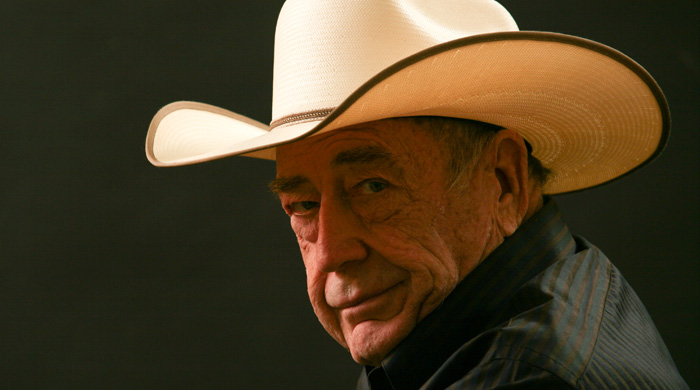
If only he could go back
From the “most of us missed this jaw-dropper” files, Doyle Brunson made it known late last week that he turned down a king’s ransom about a decade ago for his online poker room, Doyle’s Room. Responding to a tweet from Rounders and Billions co-creator Brian Koppleman, Brunson said he was offered – and rejected – a $235 million deal to sell Doyle’s Room just before Black Friday in 2011.
I mean, we all know that Brunson has made millions upon millions of dollars in his poker career, but my god.
For whatever reason, the regret of the deal that never happened popped into Brunson’s head upon reading Koppleman’s tweet in which he posed the question, “I consider a person financially rich if they make ___ a year or have a net worth of ___.”
Brunson then revealed his road not taken adding that it “haunts me to this day.”
Thought it was worth more
The reason he said he did not sign on the dotted line was that he believed Doyle’s Room was going to be worth twice that amount. Unfortunately, Black Friday came along and tanked the online poker market, so there was no way Brunson was ever going to see another offer of nearly a quarter-billion dollars.
One person asked a natural follow-up question to “Texas Dolly.” Who offered him $235 million for his namesake online poker room?
The answer was the late, great Paradise Poker. Brunson said he thinks he would have had to take some of the purchase price in stock. Thus, there is no guarantee that he would have ever actually made $235 million on the deal.
A hidden gem of a poker room
Doyle’s Room was one of my favorite online poker rooms back in the day. I actually still have a Doyle’s Room t-shirt I got at the World Series of Poker. Before and during the poker boom (and, I guess, since, but online poker rooms sprouted like weeds back then), poker operators either went big and established their own, independent platforms or joined up with a network as a skin. PokerStars, partypoker, and Full Tilt Poker were examples of the former (partypoker also had skins), while Doyle’s Room was an example of the latter, coming to life on the Tribeca Poker Network in 2004.

There was nothing particularly special about Doyle’s Room aside from the name and association with a poker legend, but I really enjoyed Tribeca’s software. Something about the cards themselves appealed to me – they were large and hole cards were angled in a “V” formation, rather than parallel to each other. For whatever reason, I liked how they stood out. Sounds and animations felt good.
The only thing I didn’t like was that Tribeca’s method of raising was different than the other rooms, which was tough to get used to. When you raised, you entered the amount of the raise not counting the calling chips. At every other online poker room, the raise you type in is the total bet. So normally, if you want to raise a $100 bet to $300, you would type $300 and click the bet button. On Doyle’s Room and the Tribeca Poker Network, you would have to bet $200, which was added to the $100 for a $300 total bet.
The network was fairly small, which also resulted in weak competition.
Doyle’s Room hopped networks several times over the years. It moved to the Microgaming Network in 2007, then the Cake Poker Network in 2009, and then to the Yatahay Network in 2011. Brunson cut ties with the site after Black Friday. Later in 2011, it was acquired by Americas Cardroom.























